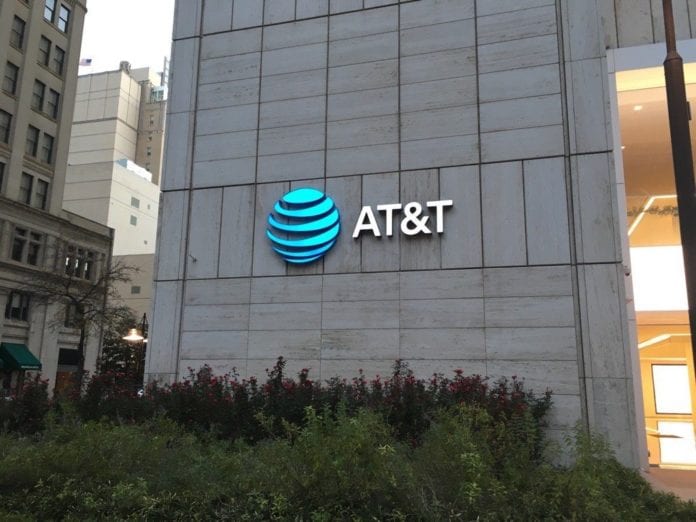Open source DNOS part of network virtualization efforts
Since the days of Domain 2.0, AT&T has set ambitious goals for its network virtualization efforts. The operator finished 2017 with 55% of its network virtualized and Chris Rice, SVP of Network Cloud & Infrastructure, said in an interview with RCR Wireless News the company is positioned to meet its 2018 goal of 65% virtualization.
“We look at it as a functional metric,” Rice said. “If you’ve built the customer edge router before, provider edge router, you’ve built something in the 4G core, you don’t get credit for building it again. We don’t track that as functional progress.”
“We don’t talk about specifics in terms of where we’re at,” Rice continued, “but we’re still tracking in terms of meeting that” 65% mark. “We’ve gotten kind of better each year in terms of how we project where we’ll be. We manage the programs even tighter than before. This is just the way we build things now.”
Network virtualization isn’t applied to specific businesses segments, Rice said, but rather as a general approach across AT&T’s business lines. “We didn’t say we’re going to apply this in our consumer area, our mobility area, our business area; we applied it generally across many different use cases. It’s a very general goal for us. We didn’t make it business unit specific. The work, if you will, to get to the 65% isn’t so much the virtualization work. It’s the net new virtualization that we’ll do.”
AT&T is working to turn up commercial mobile 5G services this year, which Rice has characterized as cloud native. “I stand behind it,” he said of the description. I think that the [virtual network functions] that provide a lot of what I’ll call the core functionality, the 5G core, will be born in the cloud, will be cloudified. There’s still work to do in the RAN space. That’s very specialized equipment…All the core capabilities, the services that run on top of it, will be VNFs or cloudified. I think one of the things that we’re seeing and we’re ensuring is actually occurring is all the suppliers to us are giving us ONAP- or ECOMP-ready VNFs. They’ll be able to supply that.”
Earlier this year AT&T announced it would make its Disaggregated Network Operating System (dNOS) and open source initiative hosted by The Linux Foundation. The general purpose of the project is to provide a software framework to accelerate the adoption and use of white boxes, which have been touted as a flexible, cost-effective alternative to proprietary networking equipment. AT&T has been a champion of white box hardware, describing it as a critical component of its network. Last year, the company completed a live field trial of a multi-supplier open source white box switch carrying customer traffic.
While dNOS is now part of Linux Foundation, Rice said, “It’s probably a little to early to tell,” how dNOS will benefit from broader accessibility to Linux Foundation’s community. “While we announced that, we wanted to make sure the code was in what we’d call open source-ready state. That’s coming later. We don’t really have the code out yet. We announced our intention to do it, much the same way we did it with ONAP and ECOMP. You want to signal to the ecosystem your intent of what you want to do so people can make plans around that intent. It’s one thing to say it, it’s another thing to publicly say it, and it’s another thing to commit to it. There have been a lot of ecosystem benefits in terms of people who want to be part of the project.”

